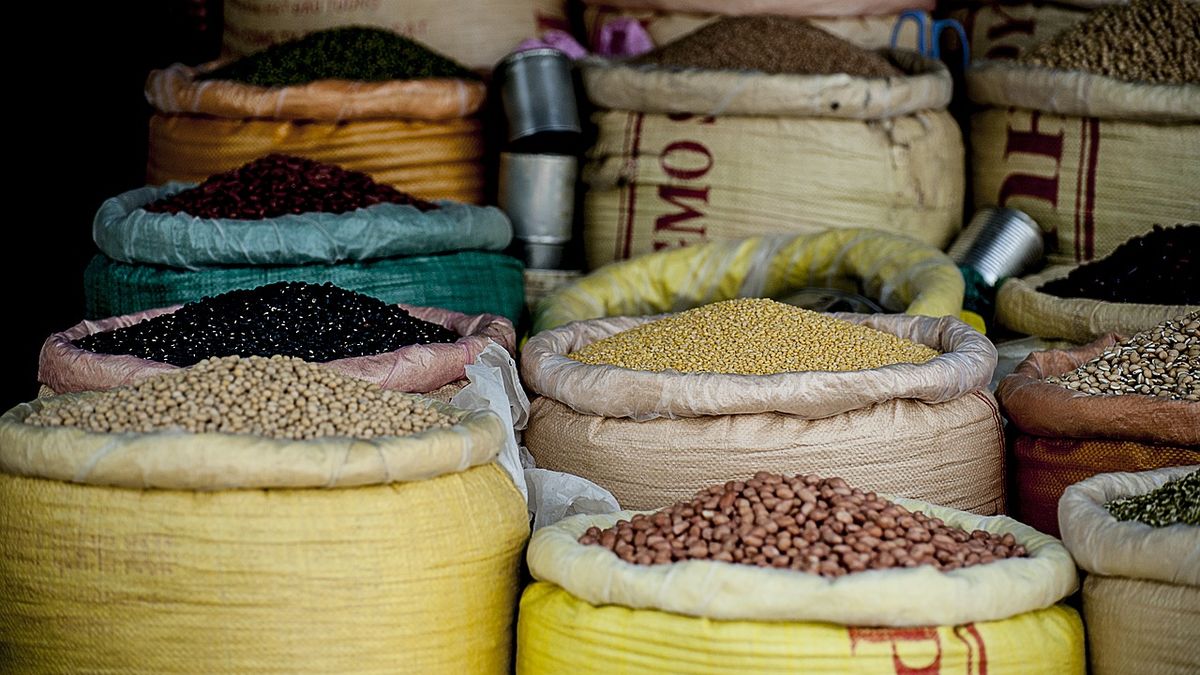World prices of food commodities continued to rise in September, due to the “supply restriction” and “strong demand”said the Food and Agriculture Organization of the United Nations (FAO) on Thursday.
According to the agency, The main food products became 1.2% more expensive compared to August and 32.8% compared to September 2020.
There is also concern about the rise in the prices of energy (including gas and oil), which, in turn, could lead to a transfer of the food production (such as corn and sugar) to bioenergy (biodiesel and bioethanol), aggravating the current situation.
To all this, we add the bad methodological conditions that caused droughts in the US and Russia; and an excess of rains in Europe that impacted on the quality of the grains, with less availability of those suitable for bakery products.
All food categories registered increases to levels that are close to their maximum level, registered in February 2011, the FAO said.
For now, in September the world price of cereals increased by 2% compared to the previous month.
Although cereal production this year would reach a historical record of 2,811 million tons (1.8% more than the previous season), this volume would be lower than the demand projections.
The higher requirements are reflecting the use of these grains for the cattle feeding, partly because of the high costs of coarse grains such as barley or sorghum.
Regarding energy, this week a barrel of North Sea crude (Brent) far exceeded US $ 80, given the prospects for a post-pandemic global reactivation, and the refusal of OPEC + to increase production.
In the United States, gasoline prices reached increases of up to 50% annually in August, while foods such as meat, fish and eggs rose 8% compared to the same month of 2020.
Figures from the Bureau of Statistics of the Department of Labor in Washington thus showed figures much higher than the general inflation of 5.3% in the same annual period.
In the United Kingdom, food rose 1.1% monthly in August, the largest increase in the matter since 2008, which put pressure on a general inflation that reached 3.2% during that month, the highest since March 2012.
Meanwhile, the gas shortage (driven in part by the transfer from more polluting energies) led in recent weeks to energy price records in that country, with the British facing taxes with increases of more than 10% this month.
In Spain, the consumer price index was 4% in September, the highest level since 2008, although if food and energy products are separated from the indicator, underlying inflation would have been 1%.
For its part, in Italy prices in September reached an increase of 2.6%, the highest since October 2012, with energy accelerating to 20.2%, while in Germany inflation was 4.1% per year with electricity and food increasing 14% and 5% respectively.
The rise in energy also makes both the food processing industry (intensive in its use) and the agricultural one more expensive through the rise in fertilizers and transport, adding a new factor in inflation: two important producers of fertilizers and ammonia (CF Industries and Yara) have already announced parates at their European plants.
In this context, the International Monetary Fund (IMF) predicted this Wednesday that high inflation will remain in the coming months before moderating, towards mid-2022, to pre-pandemic levels.
Specifically, the Fund indicated that it expects inflation in advanced economies to close this year at an average of 3.6%, and then progressively decline to 2% by the end of the boreal fall of next year.
David William is a talented author who has made a name for himself in the world of writing. He is a professional author who writes on a wide range of topics, from general interest to opinion news. David is currently working as a writer at 24 hours worlds where he brings his unique perspective and in-depth research to his articles, making them both informative and engaging.




